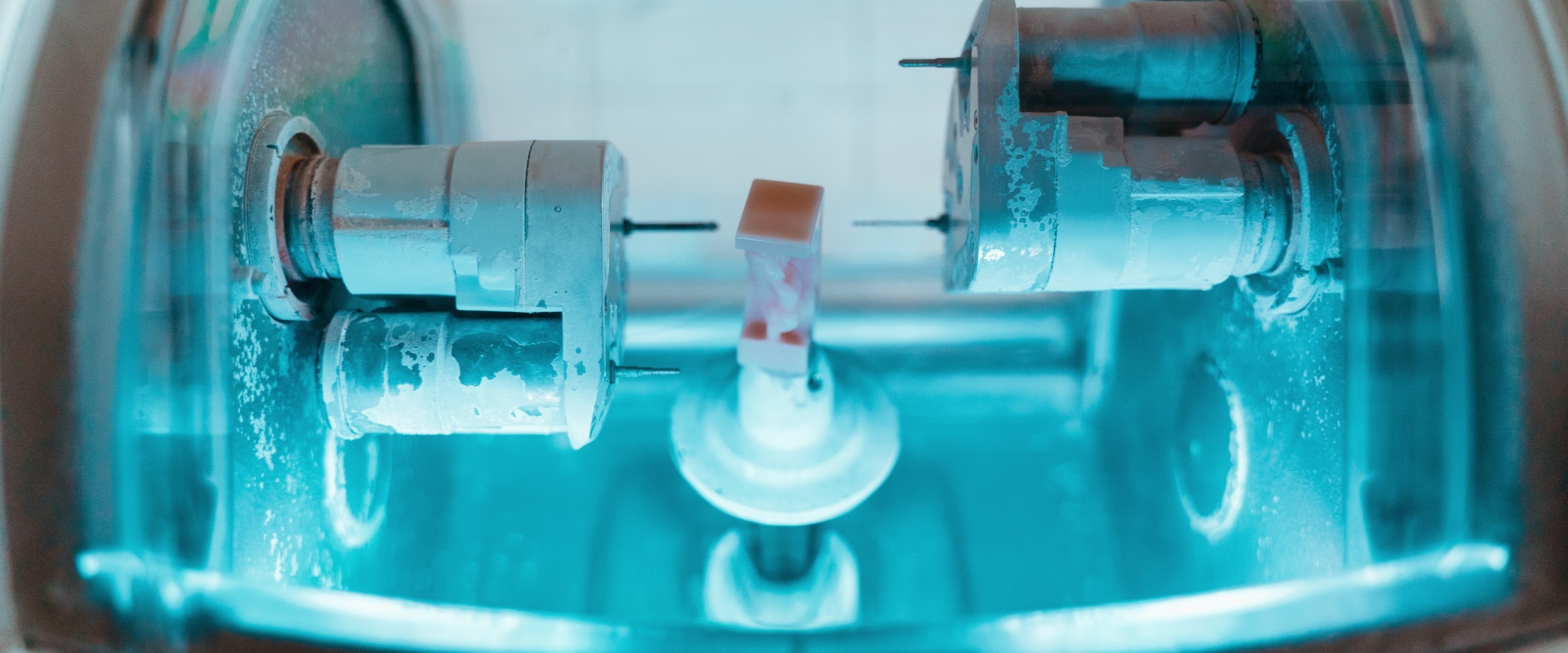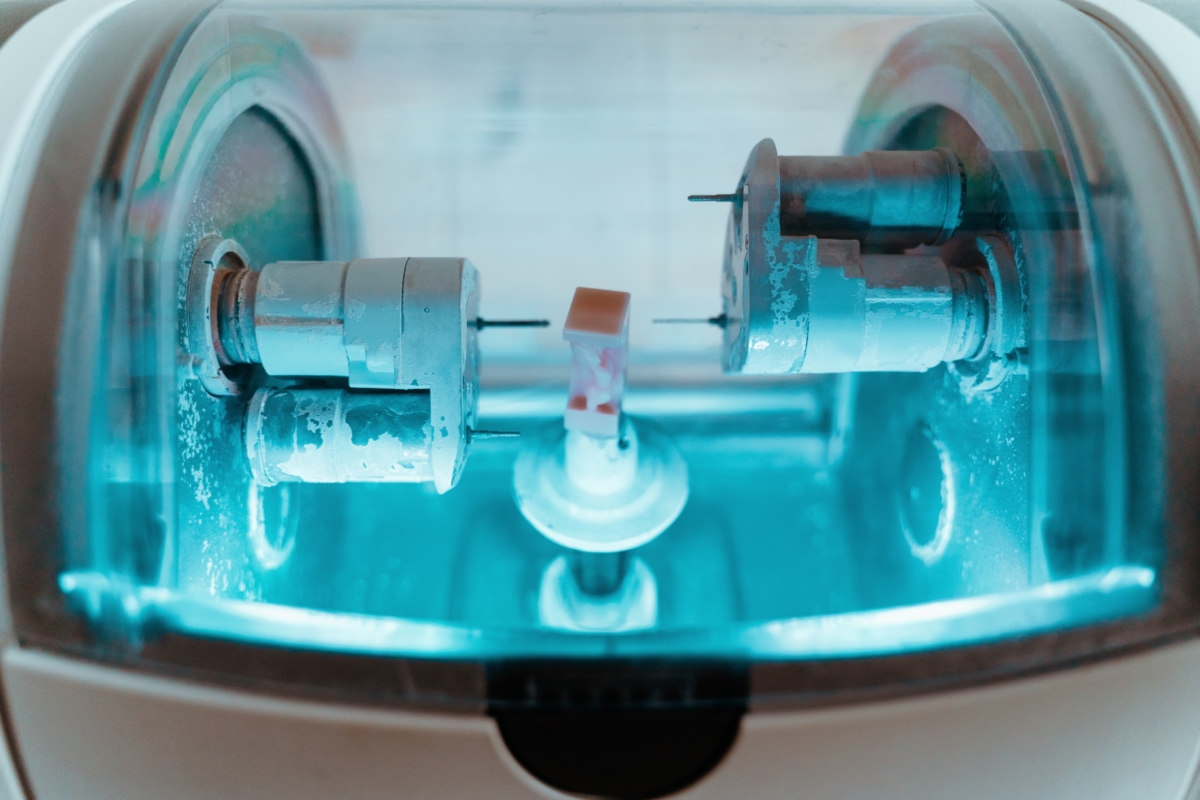
What Is Mill/Turn CNC Machining?
From dental implants to medical instruments to micro aerospace components, extremely precise parts are the key to keeping some of most critical aspects of our modern world running smoothly. Manufacturing these very small parts within near-perfect tolerances requires the right state-of-the-art equipment paired with the talent and dedication of the next generation of machinists.
This blog post series helps aspiring machinists learn about the wide variety of equipment and career opportunities available in the exciting world of high precision machining. In this edition, keep reading to learn more about how a mill/turn works, how a mill/turn is used in high precision parts manufacturing, and the many benefits of the mill/turn’s combined functionality.
What Is a Mill/Turn Machine?
A mill/turn machine is a hybrid CNC (computer numerical control) machine that combines both milling (tool rotating) and turning (workpiece rotating) functionalities into one fast, powerful, and flexible machine that can complete complex operations faster and with greater accuracy than traditional machining technologies. While other machines perform a single function, mill/turn machines can accomplish up to four operations at the same time.
Benefits of Mill/Turn Machines
Mill/turn machines are a newer technology, and because of that, they are significantly less common in machine shops compared to traditional milling and turning machines. However, combined mill/turn technology enables a wide variety of benefits compared to traditional machines, including:
- Ability to machine more complex parts. Mill/turn machines are able to create more complex and intricate parts without needing to transfer the part from one machine to another. This opens a world of possibilities. In part because of our high-end equipment, TJ Aerospace can take on more complex and higher precision jobs that other shops would turn away.
- Faster operations. Because a mill/turn can complete 4 operations at the same time, the total time needed to create each part is significantly reduced. In addition to machining the parts faster, mill/turns can also be set up more quickly than other machines. Most of this time savings is because raw material only needs to be set up once to perform all the different operations, without requiring the part to be adjusted or moved to another machine after each operation.
- Higher accuracy. Because parts can be machined with one setup, mill/turn machining introduces less margin for error from parts being adjusted frequently or being setup multiple times. With precision machining, even very small adjustments can throw a part out of the required tolerance. For example, parts must often be manufactured at tolerances as tight as ±.0002 of an inch. Minimizing the need to reposition parts and tools ultimately leads to more precise results, which also reduces scrap and material waste from parts that fell out of spec.
- Automation of menial tasks. Since most mill/turn machines are newer, they offer more built-in automation than traditional machining equipment. Tasks like loading material, probing, and removing parts are done automatically, freeing up the machinist’s time to do other more interesting and value-added activities.
TJ Aerospace’s Mill/Turn Capabilities
TJ Aerospace is an early adopter of mill/turn machining and has invested in state-of-the-art equipment, including multiple 9-axis machines and a pair of triple-turret machines. One of the benefits of working at TJ Aerospace is our continuous investment in the right machinery to get the job done. As a machinist you’ll have the opportunity to work with some of the best and most cutting-edge machines in the industry.
